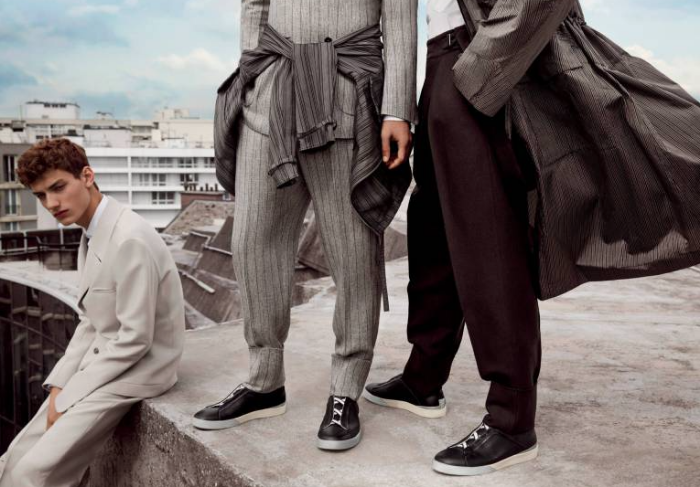For many years, a large variety of brands – from Apple and Goldman Sachs to Dior and Hermes – have struggled in their expansion efforts in the Far East as a result of trademark complications. To date, China has been decidedly regarded as a nation where intellectual property infringement is exceptionally widespread. In addition to operating as a haven for both trademark counterfeits and knock-offs, the latter of which refers to garments and accessories that do not infringe another’s intellectual property rights, the Chinese market has also proven problematic as the home of a vast amount of trademark “squatting.” Used interchangeably with the terms “trademark hijacking” or “bad-faith filing,” squatting refers to the “intentional filing a trademark application for a second party’s registered trademark in a country where the second party does not currently hold a trademark registration.”
Squatting is a very widespread tactic utilized by Chinese businesspeople, many of whom file trademark applications, with the singular aim of capitalizing on non-domestic operations seeking entry into China’s thriving retail market, and the fashion industry has not been spared. The practice of bad faith trademark filing has served as a very real problem for fashion brands that are trying to expand East, only to discover that their names and often, numerous variations of their names, have already been registered as trademarks by other entities in China, thereby preventing them from operating businesses in those names. And until relatively recently, brand owners often had few options in terms of fighting such trademark filings in a timely or efficient manner.
There has been good news on the horizon, however, beginning in May 2015 when the Chinese government enacted revisions to its national trademark law. The major changes include: an increase in the level of damages the court may provide for trademark holders whose marks have been infringed (the limited is now $480,000 per infringement, six times more than the prior maximum), procedures to reduce bad faith filing, a quicker turnaround time for trademark applications (the China Trademark Office will complete its examination of an application within nine months), stricter standards against the unauthorized use of “well known” marks, and good news for Christian Louboutin and co., colors may now be trademarked for the first time in China. Moreover, thanks to the newly enacted revisions, brands now have increased access to the Chinese Trademark Review and Adjudication Board, which has the power to invalidate registered trademarks.
Such revisions, especially the ones that address bad faith applications, serve as significant lifelines for designers and design houses, many of which have been subject to extensive trademark infringement schemes. It is exactly these provisions that brands are citing in their motions to fight the Chinese holders of their trademarks.
And in the time since their enactment, the trademark revisions have proven fruitful for brands. Italian fashion company E.C. SpA, which holds rights in the Costume National brand, for instance, has won five lawsuits against two different Chinese companies stemming from their unauthorized use of C’N’C Costume National’s intellectual property. Similarly, confronted with trademark squatting involving its brand name, Michael Bastian, a New York-based men’s fashion brand, successfully disputed the matter before the Chinese Trademark Review and Adjudication Board in Beijing, relying on the newly enacted good-faith provisions. Moncler was successful in its lawsuit against Beijing Nuoyakate Gourmet Co. Ltd., which it filed in the newly established Intellectual Property Court of Beijing in December 2014.
In November, the luxury brand known for its down coats was held to be the rightful owner of the trademarks at issue and granted payment approximately $452,000 in damages in connection with Beijing Nuoyakate Gourmet Co. Ltd.’s sale of counterfeit Moncler goods. And now we can add Ermenegildo Zegna to this list. The Guangzhou Intermediate People’s Court determined this week that the Guangzhou Fuyin Co., the Chinese company that was holding Zegna’s trademarks in bad faith, must cease infringing the trademarks of the Italian menswear brand and should pay damages of two million yuan, (about $309,000 at current exchange) to the brand.
While it is still strongly recommended that brands file for trademark registration in China as early as possible in order to avoid such squatting scenarios, Chinese courts are proving to be far more sympathetic to brands as a result of the trademark law amendments.











